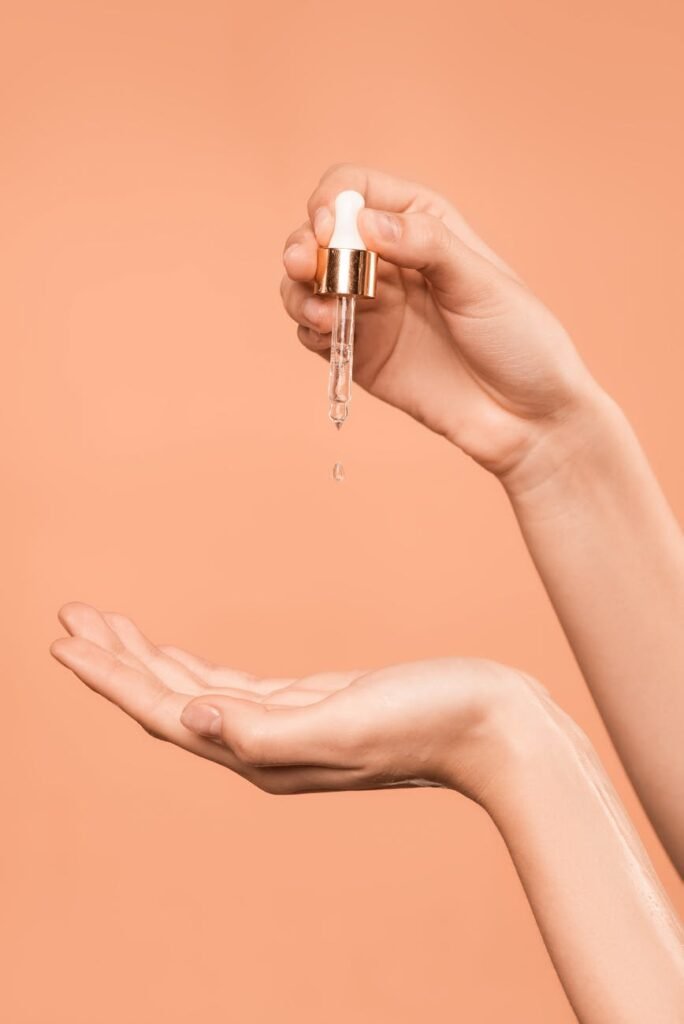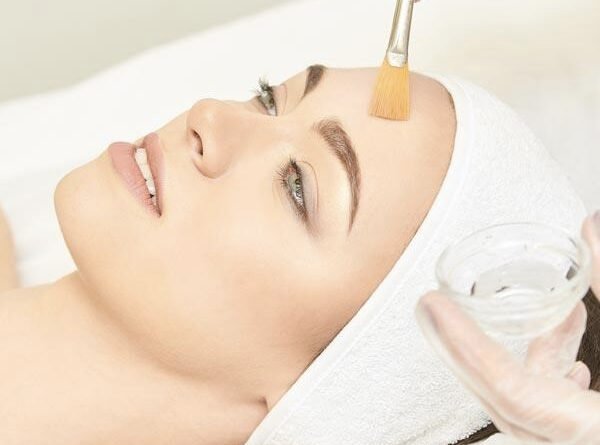Chemical peel for attractive skin
Chemical peel for attractive skin
Dr Amarendra Deka MBBS. MSa
A chemical peel is a procedure in which a chemical solution is applied to the skin to remove the top layers. The skin that grows back is smoother. With a light or medium peel, one may need to undergo the procedure more than once to get the desired results.
Chemical peels are used to treat wrinkles, discolored skin and scars, usually on the face. They can be done alone or combined with other cosmetic procedures. And they can be done at different depths, from light to deep. Deeper chemical peels offer more-dramatic results but also take longer to recover from.

Chemical peels can improve the skin’s appearance. In this treatment, a chemical solution is applied to the skin, which makes it “blister” and eventually peel off. The new skin is usually smoother and less wrinkled than the old skin.
Chemical peels can be done on the face, neck, or hands. They can be used to:
- Reduce fine lines under the eyes and around the mouth
- Treat wrinkles caused by sun damage and aging
- Improve the appearance of mild scars
- Treat certain types of acne
- Reduce age spots, freckles, and dark patches (melasma) due to pregnancy
- Improve the look and feel of skin
- Areas of sun damage may improve after chemical peeling.
After a chemical peel, skin is temporarily more sensitive to the sun, so need to apply sunscreen every day. It should say “broad-spectrum” on the label, meaning it protects against the sun’s UVA and UVB rays.
Who Is a Good Candidate For a Chemical Peel?
Generally, fair-skinned and light-haired patients are better candidates for chemical peels. If you have darker skin, you may also have good results, depending upon the type of problem being treated.
Skin sags, bulges, and more severe wrinkles do not respond well to chemical peels. They may need other kinds of cosmetic surgical procedures, such as botulinum toxin injection, a facelift, brow lift, eyelid lift, or soft tissue filler (collagen or fat). Before You Get a Chemical Peel
How Chemical Peels Are Done
You can get a chemical peel in a doctor’s chamber. It’s an outpatient procedure, meaning there’s no overnight stay.
The professional who does your peel will first clean your skin thoroughly. Then he or she will apply one or more chemical solutions — such as glycolic acid, trichloroacetic acid, salicylic acid, lactic acid, or carbolic acid (phenol) to small areas of your skin. That creates a controlled wound, letting new skin take its place.
During a chemical peel, most people feel a burning sensation that lasts about five to ten minutes, followed by a stinging sensation. Putting cool compresses on the skin may ease that stinging.
What To Expect After the Chemical Peel
Peeling usually involves redness followed by scaling that ends within three to seven days. Mild peels may be repeated at one to four-week intervals until you get the look you’re after.
You’ll need to avoid the sun for several days after a chemical peel since your new skin will be fragile.

Dr Amarendra Deka MBBS. MS
Eye specialist and Aesthetic & Anti-Aging practitioner
FACE (Facial aesthetic centre)
& TriNethra Nethralaya




